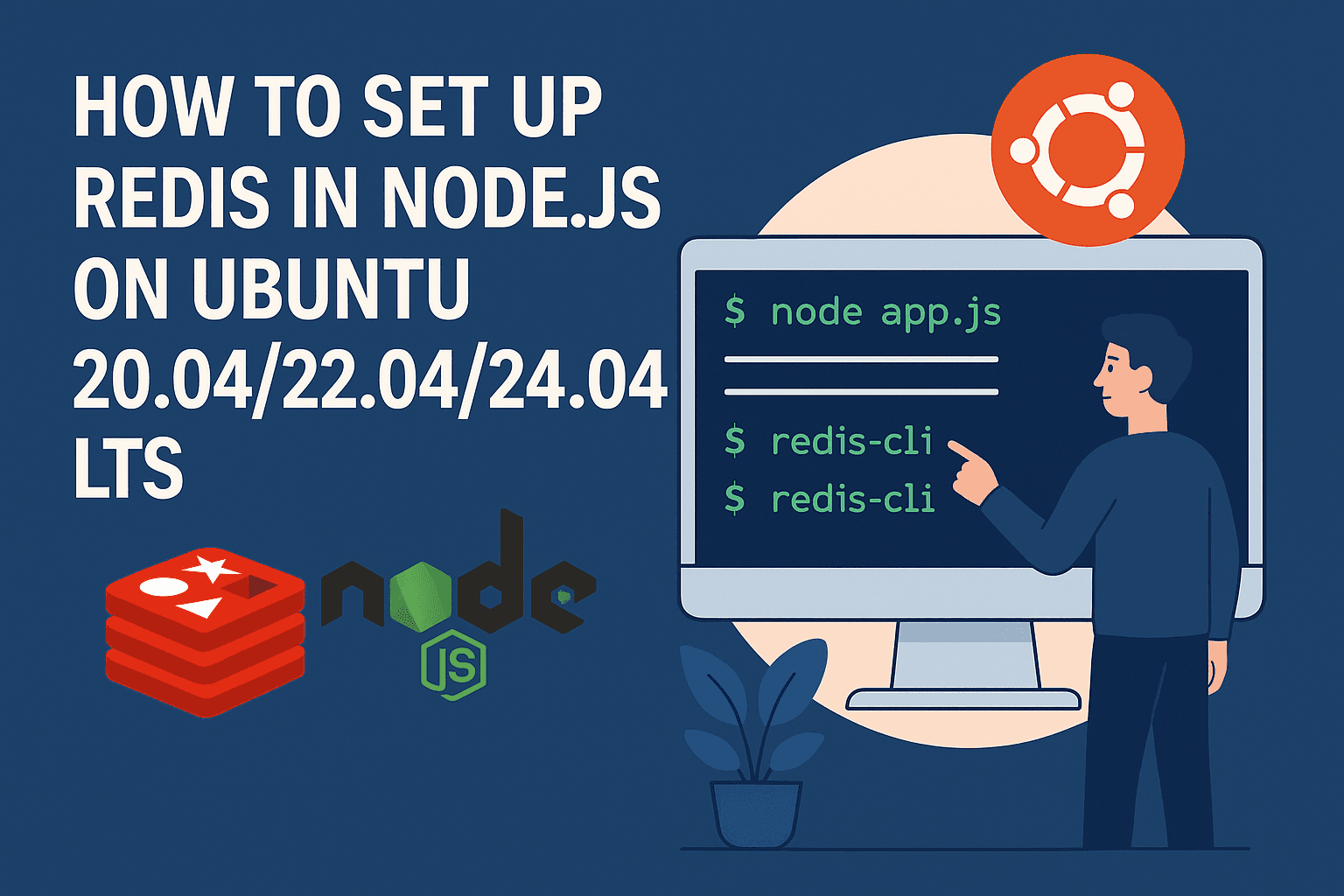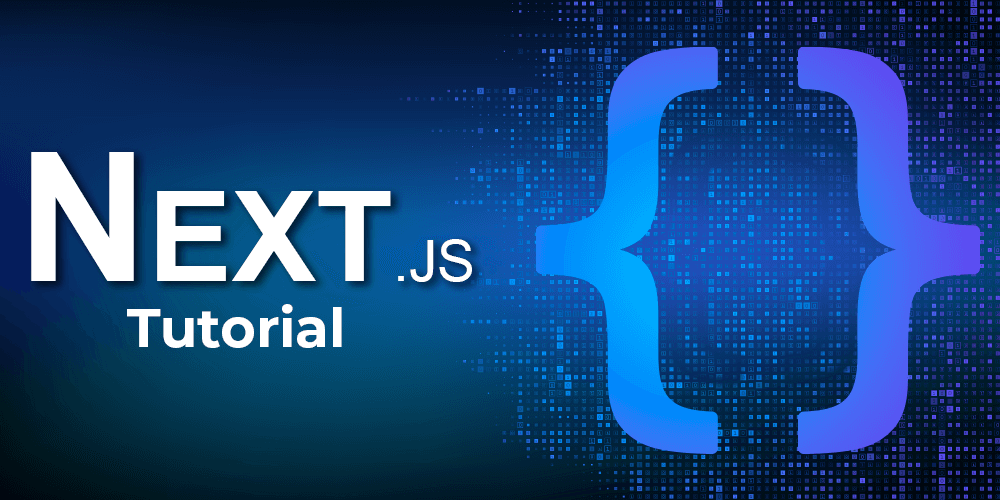The Enduring Importance of Data Structures & Algorithms
In an age where AI seems to handle everything from chatbots to complex simulations, the fundamentals of Data Structures & Algorithms (DSA) remain the cornerstone of every efficient, scalable, and innovative software solution. Here’s why, even in 2025, DSA skills are non-negotiable for any developer aiming to thrive.

The Enduring Importance of Data Structures & Algorithms in the AI Era
Published: June 9, 2025
Introduction
Artificial Intelligence (AI) has made leaps in automation, natural language processing, and predictive analytics. Yet behind every “intelligent” application lies optimized code—powered by the right data structures and algorithms. In 2025, these fundamentals aren’t obsolete; they are more vital than ever.
1. Why DSA Matters in an AI-First World
AI models consume vast amounts of data and require lightning-fast computations. Efficient data structures ensure:
Low latency: Structures like heaps and balanced trees speed up data lookup.
Memory optimization: Graphs and adjacency lists keep resource use minimal.
Scalability: Scalable algorithms handle growing datasets without collapse.
2. Real-World Scenarios
2.1 AI Inference at the Edge
Deploying AI on edge devices demands lightweight and optimized code. Implementing efficient search and retrieval algorithms ensures models run smoothly on limited hardware.
2.2 Data Pipeline Engineering
Before AI models train, data must be cleaned, sorted, and filtered. Algorithms for sorting (QuickSort, MergeSort) and searching (binary search, hash maps) form the backbone of ETL processes.
3. Interview & Career Advantages
Top tech firms still screen candidates rigorously on DSA:
Problem-solving mindset: Critical for debugging complex AI workflows.
Algorithmic thinking: Helps design novel solutions when off-the-shelf models fall short.
Competitive edge: Stand out in a crowded job market by demonstrating clean, efficient code.
4. Bridging AI & DSA
Combining AI frameworks (TensorFlow, PyTorch) with DSA expertise enables you to:
Optimize matrix multiplications via strassen’s algorithm improvements.
Implement custom graph-based neural networks using adjacency representations.
Enhance recommendation engines with priority queues and dynamic programming.
5. Getting Started & Next Steps
1. Revisit classics: Arrays, linked lists, stacks, queues, trees, and graphs.
2. Practice problems: Use platforms like LeetCode, HackerRank, and Codewars.
3. Build mini-projects: Implement a custom cache (LRU), graph traversal visualizer, or pathfinding demo (A*/Dijkstra).
4. Integrate with AI: Optimize pre- and post-processing steps in your ML pipelines.
By investing time in DSA today, you ensure your skills remain in high demand—no matter how advanced AI becomes. Embrace the fundamentals to build the next generation of intelligent applications.
© 2025 YourName.dev
Share this article
Guest User
Guest User
Related Posts

How to Set Up Redis in Node.js on Ubuntu 20.04/22.04/24.04 LTS
Learn how to install and configure Redis with Node.js on Ubuntu 20.04, 22.04, or 24.04 LTS. This step-by-step guide ensures high-performance caching and data storage for your Node.js apps.

Average Salaries in India (2025) for Developers & Designers Based on Experience
Planning a career in tech or design? This detailed guide breaks down the average salary in India for developers (Node.js, Java, Python, Django) and designers based on experience—from fresher to 4+ years.

Ubuntu 24.04 LTS Installation Guide for Any PC – From BIOS to Developer Setup
Want to install Ubuntu 24.04 LTS on your PC? This universal guide covers BIOS setup, swap memory recommendations, partitioning, and essential post-install commands for all systems.

React.js & Next.js Explained: Frameworks, Libraries, Hooks & Expert Roadmap (2025 Guide)
Learn why Next.js is the go-to React framework, explore React libraries, deep-dive into hooks, and discover how to build your career in React—including real developer salaries in the U.S. and India.
